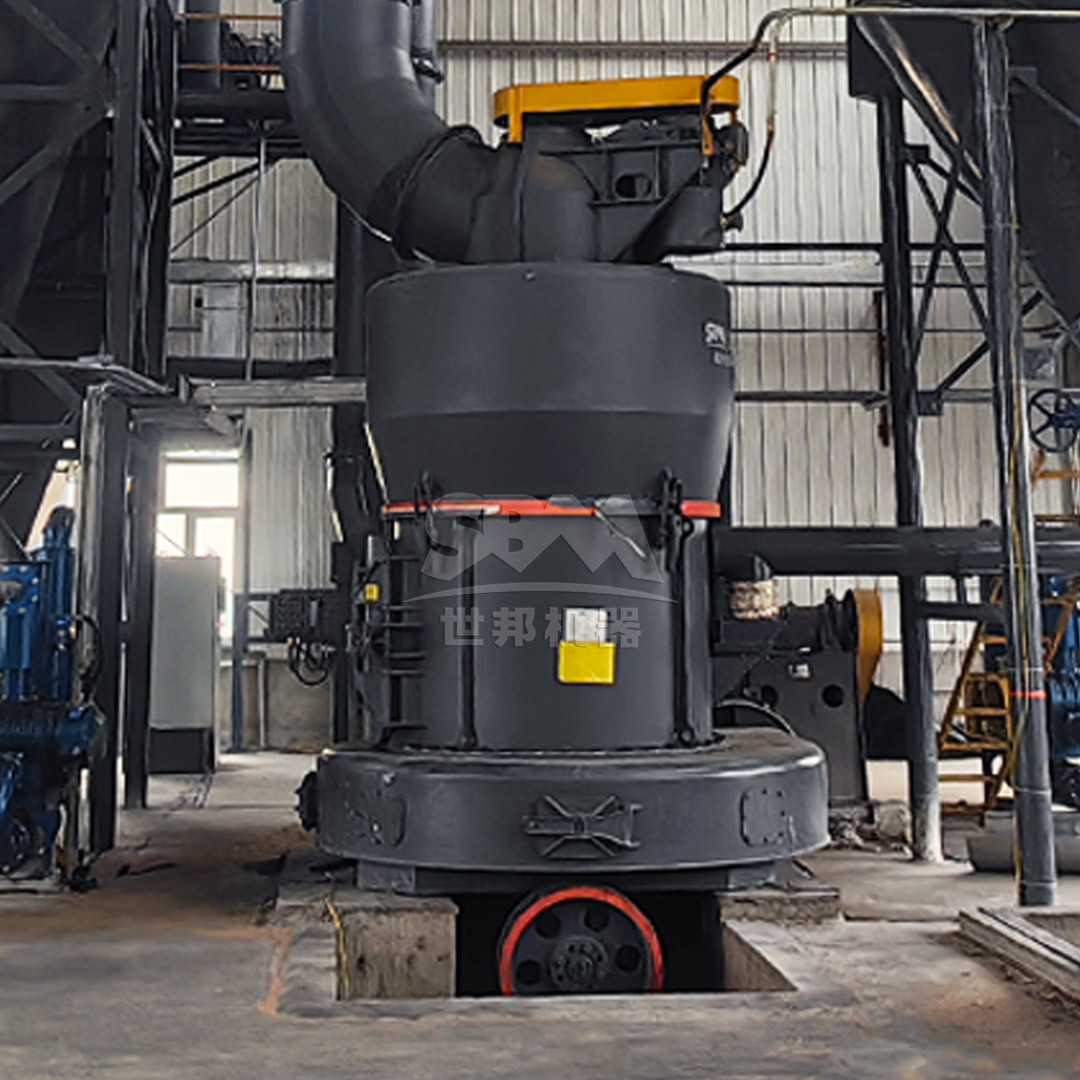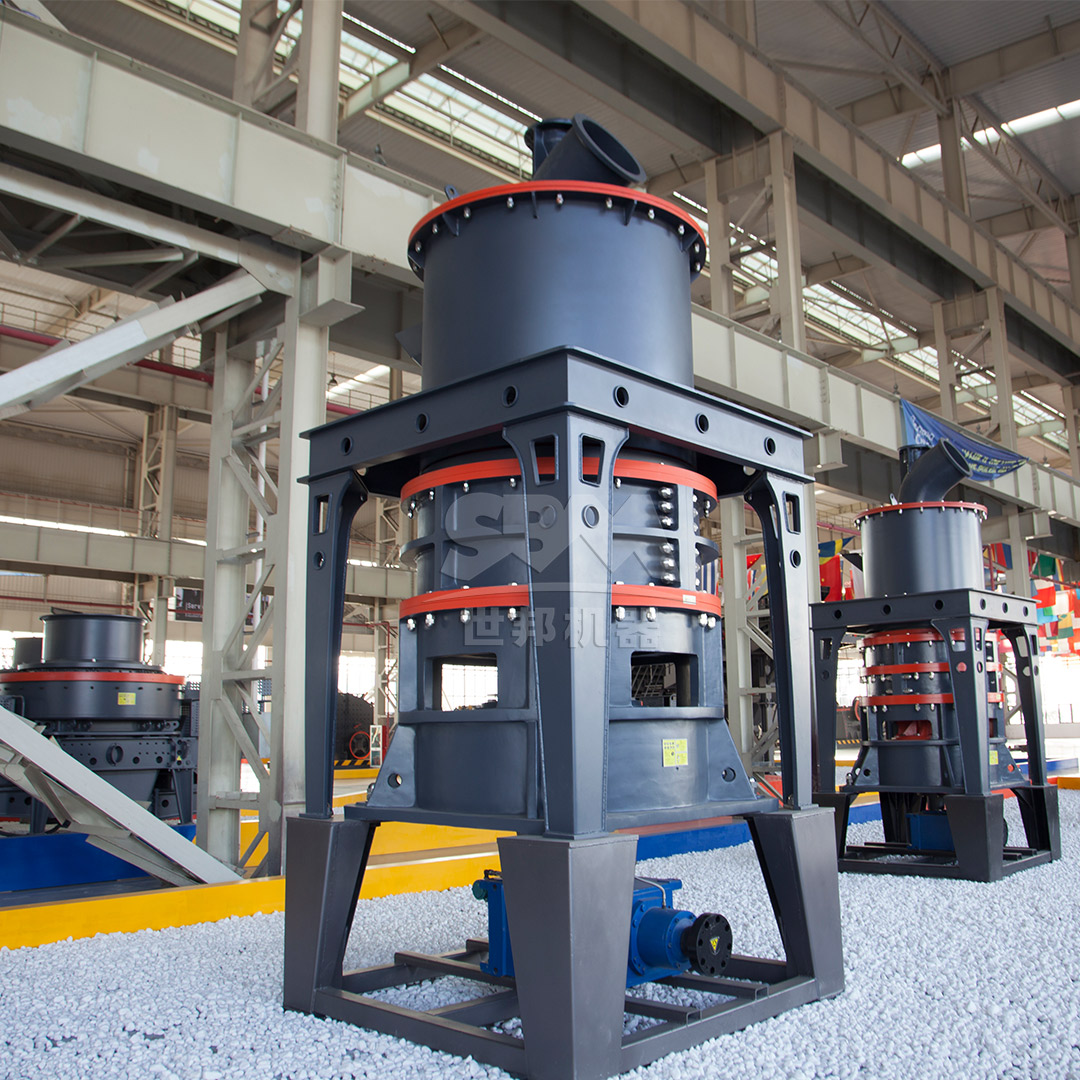The gypsum industry is a cornerstone of the global construction sector, providing the essential raw material for plaster, drywall, and a multitude of other building products. As demand for higher quality and more consistent gypsum powder grows, so does the need for advanced milling technology that can deliver superior performance, energy efficiency, and operational reliability. Among the various grinding solutions available, large-scale Vertical Roller Mills (VRMs) have emerged as the technology of choice for modern, high-capacity gypsum processing plants. This article explores the critical role of VRMs in optimizing gypsum powder production, highlighting their technical advantages and presenting our cutting-edge solutions designed to meet the industry’s evolving needs.
Gypsum (CaSO₄·2H₂O), whether natural or synthetic (FGD gypsum), presents a unique set of challenges for size reduction. The goal is to dehydrate the material and grind it to a specific fineness, typically ranging from coarse plaster grades (around 100 mesh) to extremely fine powders for specialized applications. Traditional milling systems like ball mills or Raymond mills often struggle with high energy consumption, large physical footprints, and limited control over particle size distribution (PSD), which can negatively impact the final product’s setting time and strength.
The ideal milling system for gypsum must therefore offer:
Vertical Roller Mills address these challenges through a fundamentally efficient grinding principle. Unlike ball mills that use impact and attrition between tumbling balls, VRMs utilize a bed-compaction mechanism. Material is fed onto a rotating grinding table and is ground under pressure by hydraulically loaded rollers. The key benefits for gypsum processing include:
For large-scale gypsum powder production, our LM Series Vertical Roller Mill represents the pinnacle of efficiency and reliability. Engineered for performance, this mill is designed to handle the specific demands of gypsum grinding, from coarse stucco to fine-grade powders.

Core Parameters & Technical Advantages:
| Model | Grinding Disk Diameter (mm) | Capacity (t/h) | Output Fineness | Main Motor Power (kW) |
|---|---|---|---|---|
| LM150K | 1500 | 13-38 | 170-40μm (80-400 mesh) | 280 |
| LM190K | 1900 | 23-68 | 170-40μm (80-400 mesh) | 500 |
| LM220K | 2200 | 36-105 | 170-45μm (80-325 mesh) | 800 |
| LM280K | 2800 | 50-170 | 170-45μm (80-325 mesh) | 1250 |
By concentrating multiple process steps into a single, highly efficient unit, the LM Series VRM drastically reduces the complexity of the grinding circuit, leading to lower capital expenditure (CAPEX) and operational expenditure (OPEX).
While standard VRMs excel at producing plaster and standard-grade powders, certain high-value applications require ultra-fine gypsum with a fineness of 2500 mesh (5μm) and beyond. For these demanding specifications, a different technological approach is necessary.
Our SCM Series Ultrafine Mill is specifically engineered for producing ultra-fine powders. It is the ideal complementary technology or standalone solution for producing high-value, superfine gypsum products used in advanced composites, paints, and coatings.

Why Choose the SCM Mill for Ultra-Fine Gypsum:
| Model | Capacity (ton/h) | Main Motor Power (kW) | Feed Size (mm) | Output Fineness (mesh) |
|---|---|---|---|---|
| SCM800 | 0.5-4.5 | 75 | ≤20 | 325-2500 |
| SCM1000 | 1.0-8.5 | 132 | ≤20 | 325-2500 |
| SCM1250 | 2.5-14 | 185 | ≤20 | 325-2500 |
| SCM1680 | 5.0-25 | 315 | ≤20 | 325-2500 |
Implementing a VRM is not just about installing a new piece of equipment; it’s about optimizing the entire production line. A well-designed system includes integrated feeding, grinding, classification, dust collection, and packaging. Our technical team provides comprehensive support, from initial feasibility studies and system design to installation, commissioning, and ongoing maintenance support, ensuring that your investment delivers maximum return.
The transition to large-scale Vertical Roller Mills is a definitive step forward for the gypsum industry. The compelling advantages in energy efficiency, product quality, operational cost savings, and environmental performance make VRMs an indispensable technology for producers aiming to remain competitive in a demanding market. Whether your goal is high-volume production of construction-grade plaster with our robust LM Series or the manufacture of premium ultra-fine powders with our precision SCM Ultrafine Mill, we offer the advanced technological solutions and expert support to optimize your gypsum powder production from start to finish. Investing in the right milling technology is the key to unlocking new levels of productivity and profitability.